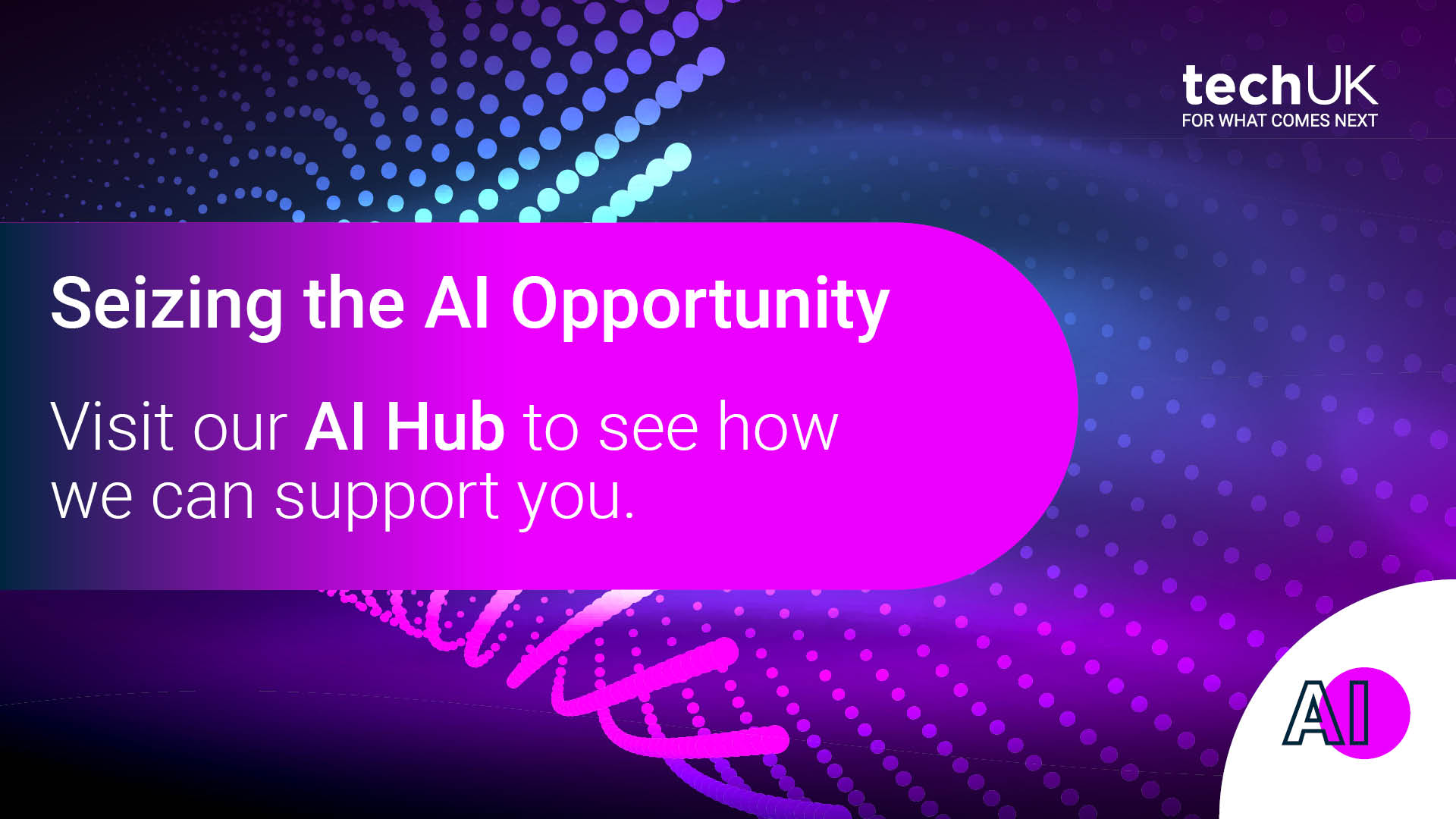The public sector’s AI moment: leading with responsibility, not just efficiency
Artificial Intelligence is no longer a distant concept for the public sector – it’s here, reshaping how governments deliver services, allocate resources, and engage with citizens.
With the introduction of the UK’s AI Opportunities Action Plan earlier this year, there is momentum from government to accelerate AI adoption as a means of growing the economy. Within the state, AI transformation is encouraged – framing it as a vital tool to help “ensure public services offer the same seamless experience they can find in the private sector” (UK Government).
But public services are distinct. They interact with citizens, impact millions of people, and shape societal norms. They carry a heightened responsibility to abide by good practices and good governance as a role-model for all; they can’t be driven solely by shareholder profit.
Efficiency-first approaches are widespread, as is the language of ‘doing more with less’. The reality is these approaches can unintentionally perpetuate bias, exclude vulnerable groups, and create opaque systems that the everyday person cannot understand or even challenge. The goal of Responsible AI is to tackle these challenges throughout AI design and delivery, so that the output is more valuable and intentional towards its users.
Particularly for medium or high-risk scenarios with AI, such as when AI is citizen-facing, decision-making, regulated, or high-stakes, Responsible AI principles are a useful framework to ensure AI is implemented and adopted as intended. Here, responsibility becomes a strategic advantage, and a distinct offering, that public sector organisations can provide.
Pillars of responsible AI in the public sector
Responsible AI is quickly becoming a method of improving AI adoption and faster time to value. For example, research shows that 80-95% of AI projects fail (Fortune) and 51% of executives cite poor governance as a major AI-related risk (Accenture). Organisations that deeply practice responsible AI report 18% AI-revenue growth and greater progress as well as fewer delays and post-deployment issues (Accenture).
So how can a public sector organisation implement Responsible AI? Here are a few tips:
Ethics: Will there be a net positive benefit?
Evaluate the benefits – and harms – of your solution. Consider risks such as misinformation, inaccuracy, data privacy breaches, overreliance, job displacement, discrimination, or public backlash. Align the solution to your organisational principles and consider how concerning each harm might be.
Some public sector organisations are leaders here already, taking into consideration the environmental footprint of AI and potential sustainability-related harms. Adopting green practices, using efficient models, building sustainability into procurement, and aligning strategies with climate goals are useful practices to mitigate possible harm.
Human-centred design: Will the AI interact alongside and empower humans?
Consider how humans will interact with the AI, whether it is accessible, and when and how to include human-in-the-loop feedback. Incorporate procedures such as redress, and prepare a training plan to upskill
Again, several public services are leading in this front, designing with empathy and engaging in co-creation. Public consultations and design workshops help legitimize AI solutions and ensure they are accessible to a variety of users.
Trust: Will the AI work as intended?
Actively set out fairness metrics, test for bias in datasets and algorithms and mitigate it. Establish clear governance and audit trails and publish updates in transparent documentation that citizens can understand. Continuously test, monitor, and improve – applying guidelines such as the CrossGov AI Testing Framework or other international standards.
In practice, a few novel public service organisations are already testing LLMs for bias and correcting in real-time, particularly in use-cases designed to deal with sensitive data. These technical practices are essential for building trust into an AI tool and combatting possible systemic discrimination, particularly for solutions that might deal with personal information or are intended to be citizen-facing.
Governance: How will the AI be used?
Define your framework, build an AI governance plan, and apply it. Consider intended, unintended, and malicious uses and identify mitigations for those risks, as well as a point of contact for accountability.
Public sector organisations are well-versed in building governance plans, and the same is now being applied to GenAI and Agentic AI. A framework to protect operational resilience and to provide assurance around use of the AI solution is essential.
From principles to practice
Responsible AI is not a barrier – it’s an accelerator for adoption. By leading with ethics, trust, governance, and human-centred design, the public sector can unlock AI’s full potential while safeguarding public good. This is the moment to act, not just to innovate, but to inspire confidence in the systems that shape our collective future.
Author
techUK - Seizing the AI Opportunity
The UK is a global leader in AI innovation, development and adoption.
AI has the potential to boost UK GDP by £550 billion by 2035, making adoption an urgent economic priority. techUK and our members are committed to working with the Government to turn the AI Opportunities Action Plan into reality. Together we can ensure the UK seizes the opportunities presented by AI technology and continues to be a world leader in AI development.
Get involved: techUK runs a busy calendar of activities including events, reports, and insights to demonstrate some of the most significant AI opportunities for the UK. Our AI Hub is where you will find details of all upcoming activity. We also send a monthly AI newsletter which you can subscribe to here.
Upcoming AI Events
Latest news and insights
Subscribe to our AI newsletter
AI and Data Analytics updates
Sign-up to our monthly newsletter to get the latest updates and opportunities from our AI and Data Analytics Programme straight to your inbox.
Contact the team
Visit our AI Hub - the home of all our AI content:

Enquire about membership:

















